Seed oils are a popular type of oil that are extracted from various seeds, such as sunflower, sesame, pumpkin, and flax seeds. They are used in cooking, cosmetics, and skincare products, and are known for their nutritional value and health benefits. In this blog, we will discuss some of the most common types of seed oils and their properties.
6 Popular types of seed oils
- Sunflower Seed Oil:
Sunflower seed oil is a widely used oil, known for its high smoke point and neutral flavor. It is rich in vitamin E and linoleic acid, which makes it a good choice for those with dry or sensitive skin. It is also a good source of omega-6 fatty acids, which can help reduce inflammation in the body.

- Sesame Seed Oil:
Sesame seed oil is another popular seed oil, commonly used in Asian cuisine. It has a distinct nutty flavor and is high in antioxidants, such as sesamol and sesamin, which have been shown to have anti-inflammatory and anticancer properties. Sesame seed oil is also rich in oleic acid and linoleic acid, making it a good source of healthy fats.
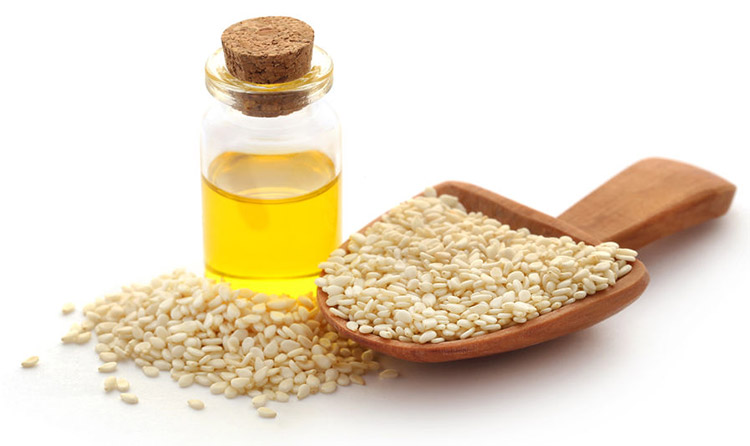
- Pumpkin Seed Oil:
Pumpkin seed oil is made from roasted pumpkin seeds and has a deep, nutty flavor. It is rich in vitamin E, zinc, and omega-3 and omega-6 fatty acids. It is often used in salads and dressings, and has been shown to improve prostate and bladder health in men.
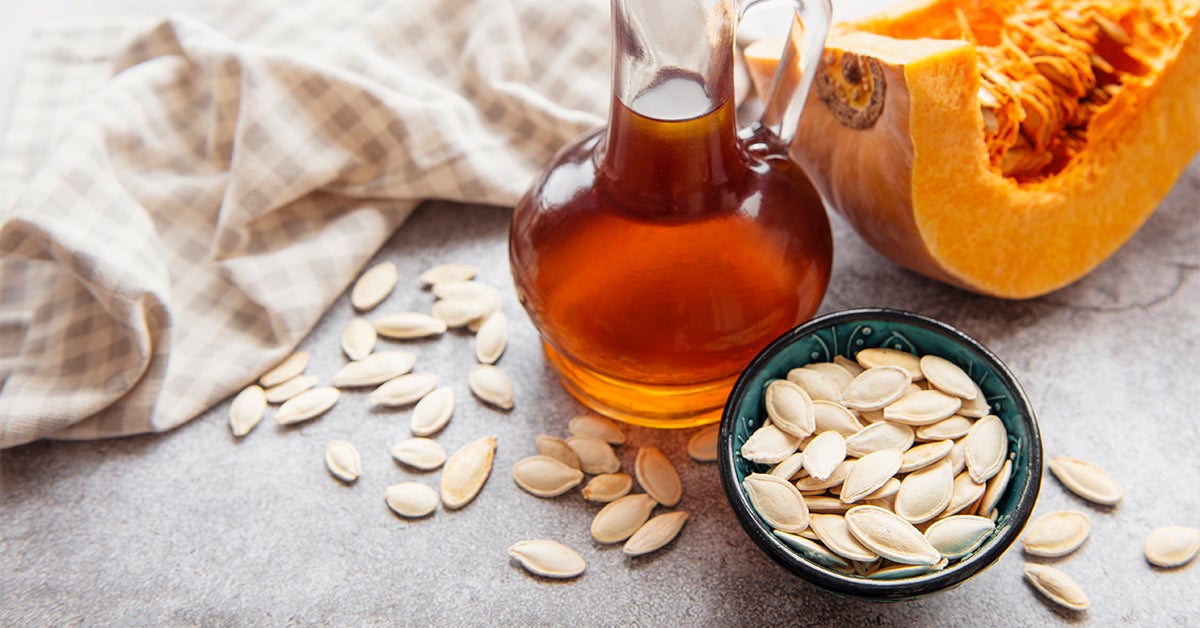
- Flax Seed Oil:
Flax seed oil is a vegetarian source of omega-3 fatty acids, which are essential for good health. It has a nutty flavor and is often used as a supplement or added to smoothies and salad dressings. Flax seed oil is also a good source of lignans, which have been shown to have antioxidant and anticancer properties.
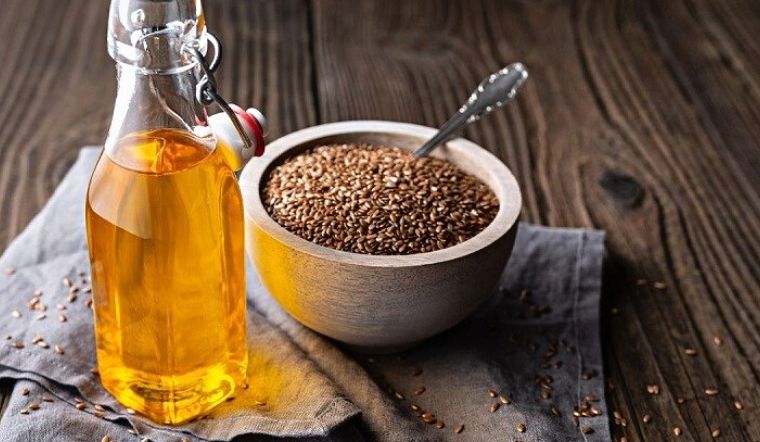
- Hemp Seed Oil:
Hemp seed oil is made from the seeds of the hemp plant and has a slightly nutty flavor. It is rich in omega-3 and omega-6 fatty acids, which are important for brain health, and is also a good source of vitamin E. Hemp seed oil is often used in skincare products, as it has been shown to reduce inflammation and improve skin hydration.
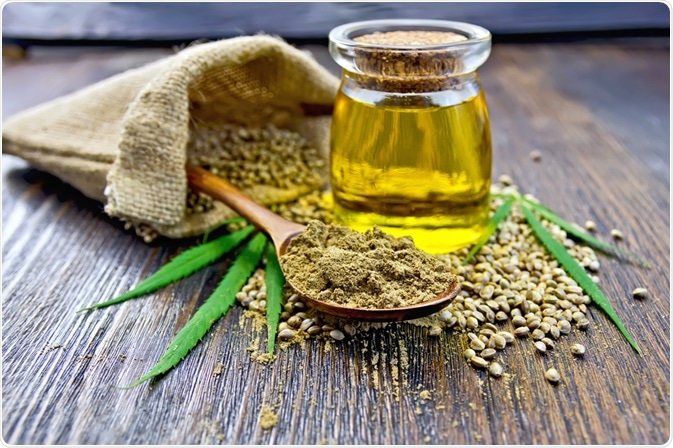
- Chia Seed Oil:
Chia seed oil is made from the seeds of the chia plant and is a rich source of omega-3 fatty acids, fiber, and antioxidants. It has a mild flavor and is often used in salads and dressings. Chia seed oil has been shown to improve heart health and reduce inflammation in the body.
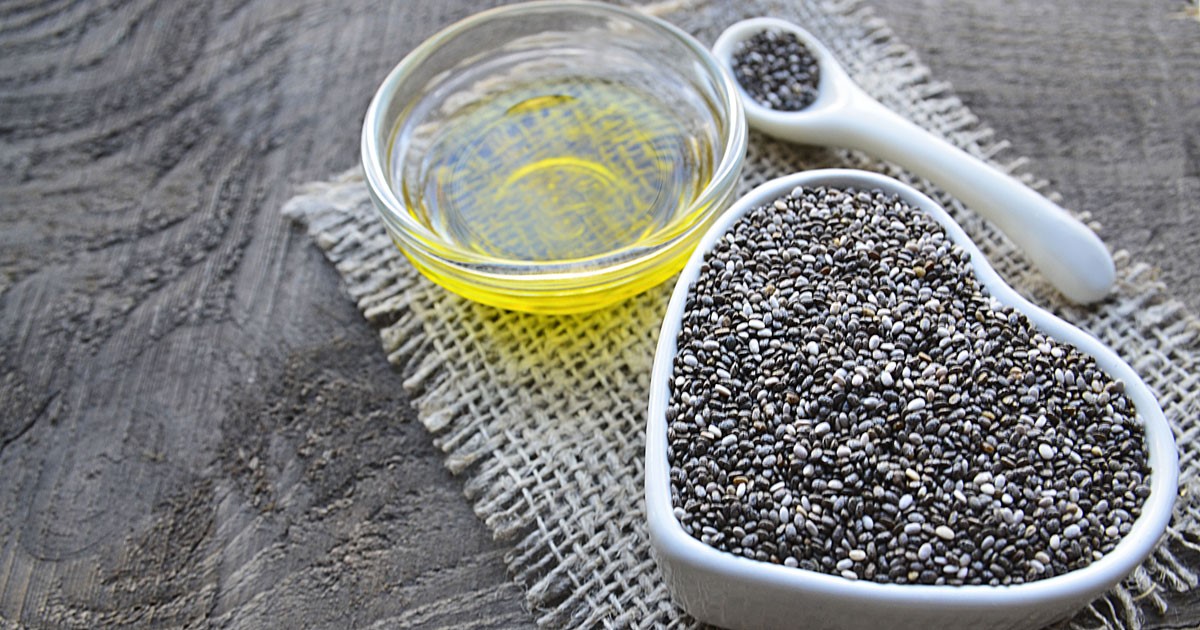
Health benefits of seed oils
Seed oils are a popular and nutritious type of oil that are extracted from various seeds, such as sunflower, sesame, pumpkin, and flax seeds. These oils are widely used in cooking, cosmetics, and skincare products due to their numerous health benefits. In this blog, we will discuss some of the most significant health benefits of seed oils.
- Promote heart health:
Seed oils are rich in healthy unsaturated fats, including omega-3 and omega-6 fatty acids. These fats help lower cholesterol levels, reduce inflammation, and decrease the risk of heart disease. Several studies have found that incorporating seed oils into the diet can help improve heart health.
- Anti-inflammatory properties:
Many seed oils, such as flaxseed oil, sesame oil, and pumpkin seed oil, contain compounds that have anti-inflammatory properties. Inflammation is a natural response to injury or infection, but chronic inflammation can lead to several health problems, including arthritis, diabetes, and heart disease. The anti-inflammatory compounds in seed oils help reduce inflammation in the body and promote overall health.
- Improve brain function:
Omega-3 and omega-6 fatty acids found in seed oils are essential for brain function and development. These fats help maintain the structure and function of brain cells and may help reduce the risk of age-related cognitive decline. Studies have shown that consuming seed oils regularly can improve memory, concentration, and overall brain function.
- Support healthy skin:
Seed oils are a common ingredient in skincare products due to their moisturizing and nourishing properties. The vitamin E, linoleic acid, and oleic acid found in many seed oils help hydrate the skin, improve skin elasticity, and reduce the appearance of fine lines and wrinkles.
- Boost immunity:
Seed oils are rich in antioxidants, such as vitamin E, which help protect the body from harmful free radicals. Free radicals are unstable molecules that can damage cells and contribute to several diseases, including cancer. Consuming seed oils can help boost the immune system and reduce the risk of chronic diseases.
Extraction methods for seed oils
Seed oils are extracted from various seeds, such as sunflower, sesame, pumpkin, and flax seeds, using different extraction methods. In this blog, we will discuss some of the most common methods used to extract seed oils.
- Cold Pressing:
Cold pressing is a simple and traditional method of extracting seed oils that involves pressing the seeds to extract the oil. The seeds are crushed, and the oil is squeezed out using a hydraulic press. This method does not involve any heat or chemicals, so it retains the nutritional value of the oil. Cold-pressed seed oils are often used in cooking and skincare products.
- Solvent Extraction:
Solvent extraction is a more complex method of extracting seed oils that involves the use of chemicals, such as hexane, to extract the oil from the seeds. The seeds are ground, and the oil is extracted using a solvent. The solvent is then removed through a process of heating and evaporation. This method is often used to extract large amounts of oil from seeds quickly and efficiently. However, it can reduce the nutritional value of the oil and leave traces of chemicals in the final product.
- Expeller Pressing:
Expeller pressing is a mechanical method of extracting seed oils that involves pressing the seeds using an expeller press. The seeds are heated and then fed into the press, where they are crushed and the oil is squeezed out. This method does not involve any chemicals and retains the nutritional value of the oil. However, it requires more energy than cold pressing and may produce a lower yield of oil.
- Supercritical Fluid Extraction:
Supercritical fluid extraction is a modern and advanced method of extracting seed oils that involves the use of supercritical carbon dioxide as a solvent. The seeds are placed in a high-pressure chamber, and the carbon dioxide is used to extract the oil. This method produces a high-quality oil with a longer shelf life and minimal traces of solvent. However, it is more expensive and requires specialized equipment.
Choosing the right seed oil for your specific needs
Seed oils are a great source of healthy fats, vitamins, and antioxidants that offer numerous health benefits. However, with so many different types of seed oils available, it can be challenging to choose the right one for your specific needs. In this blog, we will discuss some factors to consider when choosing the right seed oil for your specific needs.
- Flavor:
The flavor of seed oils can vary widely, from nutty and mild to bold and spicy. When choosing a seed oil, consider the flavor profile and how it will complement the dish or recipe you plan to use it in. For example, sesame oil has a strong nutty flavor and is commonly used in Asian cuisine, while sunflower oil has a mild flavor and is suitable for baking and cooking.
- Smoke Point:
The smoke point is the temperature at which an oil begins to smoke and burn. When an oil reaches its smoke point, it can release harmful compounds and create a bitter taste in food. When choosing a seed oil for cooking, consider the smoke point and ensure it is suitable for the cooking method you plan to use. For example, high smoke point oils like avocado oil or grapeseed oil are better for high-heat cooking like frying, while low smoke point oils like flaxseed oil are better for low-heat cooking.
- Nutritional Profile:
Different seed oils have varying nutritional profiles, depending on their fatty acid composition and vitamin content. When choosing a seed oil, consider your specific nutritional needs and choose an oil that aligns with those needs. For example, flaxseed oil is rich in omega-3 fatty acids, while sunflower oil is high in vitamin E.
- Processing Method:
The processing method used to extract seed oils can impact the oil’s nutritional value and quality. When choosing a seed oil, consider the processing method used and choose an oil that has been minimally processed and retains its nutritional value. Cold-pressed seed oils are a good choice, as they are extracted using a mechanical method without the use of chemicals.
- Allergies:
Some seed oils, such as sesame oil or peanut oil, can trigger allergies in some people. When choosing a seed oil, consider any food allergies you may have and choose an oil that is safe for your specific needs.
Conclusion
In conclusion, seed oils are a valuable source of healthy fats, vitamins, and antioxidants, and are used in a variety of applications, from cooking to skincare. Each type of seed oil has its own unique flavor and nutritional properties, making it important to choose the right oil for your needs and preferences. Incorporating seed oils into your diet and skincare routine can help promote overall health and wellbeing.